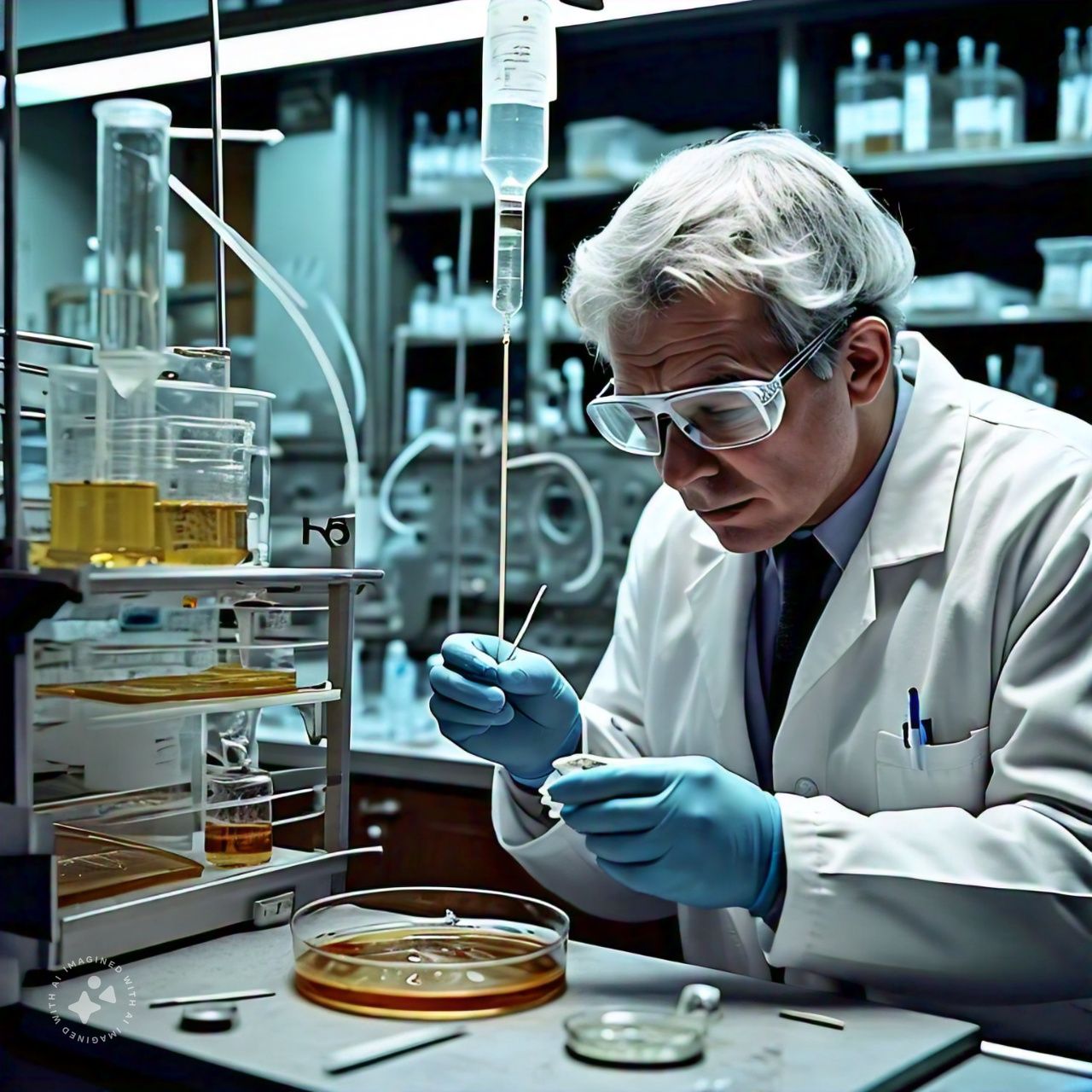Sterility testing is a critical process in microbiology, particularly within the pharmaceutical, biotechnology, and medical device industries. It ensures that products are free from viable microorganisms, thereby safeguarding patient health and product efficacy. Given the stringent regulations governing pharmaceutical production, sterility testing methods play a vital role in quality control and compliance.
Common Sterility Testing Methods
There are several sterility testing methods employed to detect the presence of microorganisms in sterile products. The most commonly used methods include:
- Membrane Filtration: This is the preferred method for products that can be filtered. In this process, a sample is passed through a membrane filter with a pore size small enough to trap microorganisms. The filter is then incubated in a culture medium to promote the growth of any trapped organisms. If no growth is observed, the product is considered sterile. Membrane filtration is widely used due to its sensitivity and ability to test large sample volumes.
- Direct Inoculation: In this method, a product sample is directly inoculated into a culture medium. The medium is then incubated and monitored for microbial growth over a specified period. Direct inoculation is often used for products that cannot be filtered, such as ointments or creams. This method is effective but may require a longer incubation period to ensure accurate results.
- Bacterial Endotoxin Testing (BET): While not a sterility test per se, BET is often conducted alongside sterility testing methods to detect pyrogens, which are substances that can cause fever. This test is crucial for injectable drugs and implantable medical devices.

Rapid Sterility Testing Methods
Traditional sterility testing methods can take up to 14 days to yield results, which may delay the release of critical products. To address this, rapid sterility testing methods have been developed. These methods use advanced technologies such as polymerase chain reaction (PCR), ATP bioluminescence, and flow cytometry to detect microorganisms more quickly.
- PCR: Polymerase Chain Reaction (PCR) amplifies the DNA of microorganisms, enabling the detection of even minute quantities of microbial DNA within hours.
- ATP Bioluminescence: This method detects the presence of ATP, an energy-carrying molecule found in all living cells, indicating microbial contamination.
- Flow Cytometry: This technique uses lasers to detect and measure the physical and chemical characteristics of cells in a sample, allowing for rapid detection of microorganisms.
Importance of Sterility Testing Methods
Sterility testing methods are essential for ensuring that pharmaceutical products are safe for human use. Regulatory agencies such as the FDA and EMA have stringent guidelines for sterility testing, making it a critical component of the pharmaceutical manufacturing process. Accurate and reliable sterility testing methods not only ensure compliance with these regulations but also protect patients from potential infections and other adverse effects caused by contaminated products.
In conclusion, sterility testing methods are vital for maintaining the microbial safety of pharmaceutical products. By employing both traditional and rapid testing methods, manufacturers can ensure that their products meet the highest standards of sterility, thereby safeguarding public health and maintaining regulatory compliance.
